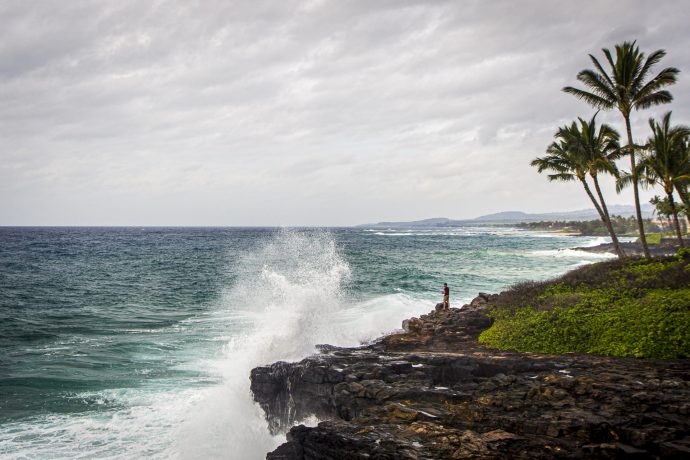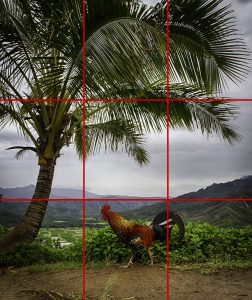Every time you point your camera to take a photo, you make a series of choices that define what that photo is. And when you look at that photo 10 minutes, 10 months or 10 years afterward, the choices you made at that moment will make the difference between scrolling right past it in your phone, or looking at it as you pass by the framed version of it on your living room wall.
For the purposes of this discussion, the photos will be taken while you are not driving, and you are able to take the time you need to really see the image you want.
What Is Composition?
So what is composition? The meaning of the word itself is “the nature of something’s ingredients; the way in which a whole is made up”. While you might associate the word with music, it is also fundamentally connected to the arts as a whole. What makes the arts so dependent on composition is the finite space upon which the work exists. In music, it’s the length of time of the piece. And in photography, composition is limited to the frame in which it is captured.
Every camera has a finite space in which you can capture a photo. Before the digital revolution, that finite space was the frame of film. There existed (and still exist for those who use film) several different sizes of film, some large, some small, some square, some rectangular.
That very same finite space exists in the dizzying myriad of digital cameras available today. In a digital camera, that space is called the “sensor”. It’s shaped much like – and in many cases exactly the same as – a traditional frame of film.
So when you set out to take a photo, you are confined to the dimensions and shape of the sensor. Thankfully, you needn’t do any math while you are looking at the frame to gauge the dimensions, because whether you are looking through a camera viewfinder or looking at the image on the front of your phone, the notion of “what you see is what you get” prevails. The frame you are looking at is the frame in which you will contain the photo.
Now that you know you are confined to the frame of the sensor, you can set out to compose your photos accordingly.
The Rule of Thirds
Here’s a question for you: When you look at a photo, how do you look at it? What do you look at first? Where does your eye take you after that? For a more complex exploration of how you interact with a photo, think of a photo that you find very interesting. Now imagine how your eyes trace a path from point of interest to point of interest. In a photo composed with intention, your eyes will trace a path designed by the photographer. And that path will tell a story.
How does a photographer tell that story through composition? One of the tried and true composition rules of photography, a rule that has stood the test of time and has told billions of stories, is called “The Rule of Thirds”.
Imagine a grid overlaid on your sensor, that divides the screen into nine regions of equal size. The lines divide the image into thirds. More importantly, the grid gives you the key placement for the image subject.
The Rule of Thirds, in its simplest form, suggests that for the highest level of interest in a photo, place the main subject (of which there should ideally be only one) along the vertical grid lines to the left or right of center. In the example photo, the subject is placed along the horizontal lines, which serves the same rule.
The reason for this goes back to how your eye travels when viewing the photo.
Take a look at the example photo, taken along a small road in rural Kauai, part of the Hawaiian island chain. Pay attention to how your eye moves from place to place. What did you see first? The intention was to tell the story of how this stunning landscape has, since two hurricanes battered the island in 1982 and 1992, been home to thousands of wild chickens.
Your eye draws a definitive path across the photo. This photo usually starts with the riotously colored chicken, then up the trunk and through the fronds of the palm tree, then along to the distant mountainscape.
When a subject is placed in the center of the frame, the eye goes directly to the subject, and more than likely stays there. There is very little context or narrative when the subject fills the center of the frame.
But when you follow the Rule of Thirds, and place your subject along the left or right grid lines, you are, by default, now looking at what is in the so-called ‘negative space’ opposite the subject! And you are – trumpet fanfare – composing!! And while your eye is drawing the narrative when you’re composing, so will the eyes of the people who look at your photo, whether they’re looking at it on the phone, or on your wall.
In the next photo tips article, the idea of composition unfolds a little more specifically as you’ll examine the Golden Ratio.
































